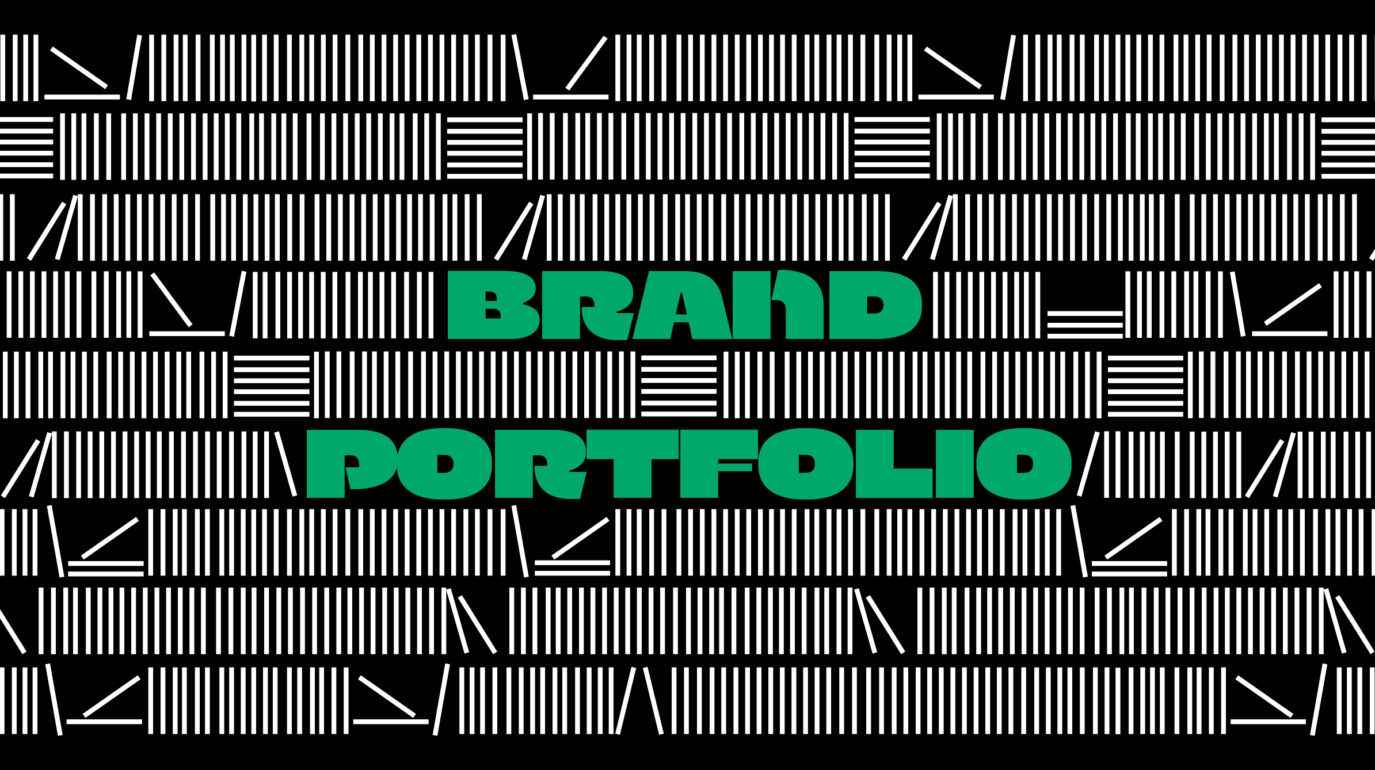
AUTHOR: CHARLIE SKINNER
READ TIME: 4 MINS
Head of Brand Strategy Charlie Skinner on the telltale signs that your brand needs optimising – and how an optimised brand can drive relevance and coherence for even the most decentralised global businesses.
Ah, the New Year. A time for reflection, resolution and doing ‘out with the old, in with the new’. When it comes, to brand, the temptation may be to (quite literally) throw out the old and bring in the new, but this kind of dramatic change isn’t always the wisest course of action.
If a strategic pivot isn’t 100% necessary – if you’re not repositioning your business or pursuing an entirely new strategic direction – chances are your brand doesn’t need overhauling: it needs optimising.
By ‘optimising’, we mean making the brand clearer and therefore easier to implement; turning strategic theory into everyday practice. As the saying goes: there’s many a slip twixt cup and lip. Brand optimisation is about minimising those slips.
Yet brand optimisation tends to fly under the radar, ignored in favour of its high-profile cousins (the mighty rebrand or refresh) – or overlooked altogether. More often than not, this happens because the brand has become an internal headache – a wild garden that no one feels they have the tools or time to manage. And for decentralised global organisations, the tangles can feel particularly knotty.
“If a strategic pivot isn’t 100% necessary, chances are your brand doesn’t need overhauling: it needs optimising.”
But optimising your brand, and making sure it’s being regularly finetuned, makes good business sense. An optimised brand is as critical to business success as the humble MOT to the car owner. Your brand isn’t fit-for-purpose without it; without that regular under-the-bonnet tinkering, you won’t get the brand efficiency or va-va-voom you’re looking for.
Does your brand live up to its promise? When you look at how your brand appears in the world, do you feel confident that the strategy is guiding every brand decision? If not, you may need to investigate further.
Here are some of the ways in which brands can fail to live up to their promise:
1. Your brand is being incoherently and inconsistently applied across markets and functions
Incorrect logo variations, messaging that’s out of line with your tone of voice, brand colours that are a shade off: these are the kinds of missteps that culminate in an incoherent and inconsistent brand experience, which can then have a negative impact on recognition and trust. Put simply, when a business fails to prioritise brand consistency, it risks diluting the value of the brand itself – as well as its hard-won reputation.
2. Your brand teams are unable to police the brand and face pushback from local markets
Global brands require brand guardians – and if those guardians are unable to manage the brand’s expression across markets, you’ve got a problem. In the ‘2021 State of Brand Consistency’ report by Lucidpress, 85% of organisations said they had brand guidelines, but only 31% said they were being consistently enforced.
3. Brand assets are proliferating – and the volume of brand assets is starting to feel unwieldy and unfocused
We’ve all dipped into a set of brand guidelines for clarity and direction, only to feel overwhelmed at the volume of assets at our disposal. This can be a sign that the brand has been left untended for too long; it’s become overgrown and local markets are having to navigate their way through the overgrowth. A lack of strategic focus is sometimes to blame – perhaps you’re missing a clear set of brand principles. This focus can help you reduce down the number of assets to those which are essential – improving your chances of implementation.
“When a business fails to prioritise brand consistency, it risks diluting the value of the brand itself – as well as its hard-won reputation.”
4. Your brand assets aren’t optimised for digital
It goes without saying that every brand should be ‘digital’ – but it’s surprising how many global businesses lack fit-for-purpose digital assets, and instead remain static and print-focused.
If your brand assets aren’t scalable, don’t include motion or aren’t accessible on screens, they need optimising – and quickly. Other red flags include logos that aren’t responsive, colours in brand guidelines without digital references (hex/RGB values rather than just pantones) and heavy files that slow down site speed.
Great brands don’t happen by accident. They require ongoing time, care and attention if they’re to be leveraged as they should be. They’re also the route by which you transmit your strategy and story to the world; why risk diluting that story with a brand that’s not optimised and fit-for-purpose?
Interested in learning about how to identify the right branding approach for your business? Get in touch with Head of Corporate Brand Victoria Wright: v.wright@conrandesigngroup.com.



